Round Oak Steel Works
Round Oak Steel Works Brierley Hill
1844 - 1984
With plans ahead for a monument tribute to the former Round Oak Steelworks and those subsequent plans now being joked about, with locals saying the provisional designs are looking like a Cadburys dairy milk advert rather than a fitting tribute to those that once toiled in the steel plant, I thought to set the records straight best way I could;
Bournville and Brierley Hill are two very different places. Round Oak Steel Works was an industrial empire that became central to making the Black Country prosperous. Many of its workers say working there was like having extended family, the friendliest of places to work, an unforgettable place to work.
 |
From 1844 - 1984 Brierley Hills landscape and its people were literally forged out of the furnaces of their own history and to this day, Round Oak is still very much a proud part of our living memory in Brierley Hill.
Round Oak Steel Works was an industrial monolith that once stood where the Waterfront is today in a place called Merry Hill. Ive a few pictures taken by my father from around the famous old Black Country steel site where so many worked over the years. He didnt work there but obviously shared a facination with the plant.
Photographs were taken 1962 - 1964 a period in which the canals were in a very sorry state. Some of the working practises contributing to the problem as in the image below.
The plant had employed around 1200 staff in the 80s when it closed, the impact at the time was Brierley Hill became the top spot in the country for unemployment.
 |
| A can floats in the cut near Round Oak 1962 |
The picture below was taken circa 1962 - 65 and shows the back of the warehouses and tall brick building on the left that became part of the Brewers Wharf Pub today.
It also illustrates the state of the waterways around the site at that time almost impassible, weed woven with barges that had almost served their time. The cut had also become a convenient place to dump our rubbish in with no thought to natural habitat.

Its worth remembering that during the industrial revolution Round oak steel works produced some of the highest quality iron works anywhere in the world. It was a major employer at that time with around 3000 workers at its peak. Brick-work in the 1962 pictures show they built on top of old stone work. Since 1800's the vast site which used to be a farm had continued to grown and now looked like a complete city.
Many ex workers of Round Oak often recall that the happiest working days of their lives were at the Round Oak, like most Black Country folk, they worked hard and played hard.
They also recycled steel onsite as the picture above circa 1962 - 65 shows used vehicle brake drums amongst the other industrial Black Country flotsam. In its haydays waggons full of scrap would que around the block waiting to process their loads of scrap metal. This was industrial scale recycling way before recycling was even cool.
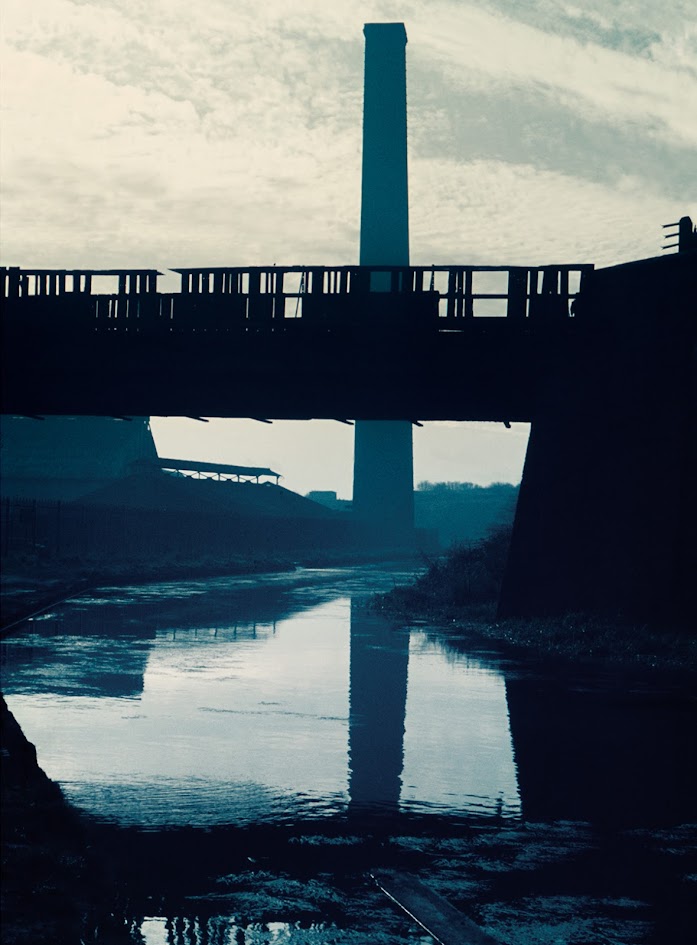 |
| Chimney stack demolished : 1978 On a dank dark winters day the huge brick-built chimney stack pictured here in 1962 was demolished by explosion at Round Oak Steelworks, Brierley Hill. |
All sad facts that couldn't save Round Oak from final demolition in 1984 even though the plant was still profitable, our steel industry was dying a death. The closure was seen to be the end for Brierley Hill, with loss of the last skilled generation, gone forever and to eventually make way for the Waterfront offices and bars alongside the Merry Hill Shopping Centre in the late 80s.
Merry Hill has also brought thousands of jobs to the local area, so lets not get too despondent about the demise of Round Oak, the demise of the whole British Steel industry was more the tragedy.
I was only young in the 80s when Round Oak Steel was on its last legs. As a passenger in my fathers car, l remember a short period of time you could see the pots of the huge furnaces. Pouring molten iron would light up the sky with a huge orange glow, DY5.... the apocalypse was real as my face pressed against a steaming up window passing along Level Street.
It's great to live with our nostalgic memories of Round Oak Steel Works, many locals in the Black Country had family connections working there and have a real sense of pride, there's no doubt their skills and their families skills, honed over the decades helped keep Black Country manufacturing on the map.
 |
| welders goggles hang on a rusty water tank round oak steel works |
I hope, in time we can also find it in our hearts to maybe give a thanks to the Richardson brothers too, I know we all have a tendency to slate "Merry Hell", I sure do at Christmas... but those brothers.... they had the vision to develop this vast site and structure it into the successful retail park, leisure space and offices we see today.... Its had its ups and downs too, at one time in the early nineties the Waterfront was heaving with revellers on the weekend, generally speaking the Waterfront is a much quieter place these days, you could say even tranquil. Far away from din of foundry floor, indisputably, its a vast improvement on how it used to look.
 |
| The Waterfront Merry Hill - 1962 |
 |
| Ramshackle Forge - Brierley Hill 1963 |
This included a headline project in their own backyard, taking on the derelict Round Oak Steel Works in the West Midlands, turning it into the Merry Hill shopping centre in the late 1980’s and early 1990’s. This created more than 10,000 construction and retails jobs for local people, subsequently bringing in over £950m in local business rates to the Treasury.
 |
| Round Oak Bridge |
The Copthorne Hotel was Built in 1993. It was one of the first buildings to open on the Richardsons new Merry Hill site.
 |
| Round Oak Steel Works Site Today |
A former warehouse was also later converted into a pub, the Brewer's Wharf (left) one of the few original Round Oak Steel Works buildings that remain.
A contemporary Multi-story Hotel & Office space situated in heart of the Development, overlooking a waterfront canal marina.
In 2006 the family established The Richardson Brothers Foundation to give financial support to a wide range of charities and individuals. The Richardson family are also passionate, long-term supporters of the UK’s Armed Forces and take pride in the fact that seven family members have served their country in recent years. Through the Foundation they have given financial contributions to a range of military fundraising appeals including BLESMSA, the Army Benevolent Fund and Help for Heroes, as well as countless cadet units across the West Midlands region.
See more Round Oak pictures on our Instagram Page Round Oak Steel Works
featuring Pictures Of Round Oak Steel Works
The Round Oak Steel Works, also known simply as Round Oak, was a historic steel mill located in the town of Brierley Hill, in the West Midlands of England. The history of Round Oak Steel Works is notable for its contributions to the steel industry and its impact on the local community. Here's an overview of its history:
Early History: The Round Oak Steel Works was established in the 1850s, and it played a significant role in the industrial development of the Black Country region, which was known for its iron and steel production. The name "Round Oak" is derived from a local farm and the nearby Round Oak Public House.
Expansion: Round Oak experienced significant growth during the late 19th and early 20th centuries. It was known for its innovations in steel production and became one of the largest steel manufacturers in the United Kingdom.
Steel Production: The steel mill produced a wide range of steel products, including rails for railways, structural steel, and other steel items used in construction and manufacturing.
World Wars: During both World War I and World War II, Round Oak played a vital role in producing materials for the war effort, including munitions, armor plating, and other essential items.
Post-War Decline: After World War II, Round Oak Steel Works, like many other heavy industry sites in the UK, faced challenges due to changing economic conditions and international competition. The steel industry began to decline in the mid-20th century.
Nationalization: In 1967, the British government nationalized the steel industry, including Round Oak Steel Works. The mill became part of British Steel Corporation.
Decline and Closure: Despite efforts to modernize, Round Oak faced increasing economic challenges and competition from abroad. The steel industry in the UK continued to decline. In 1982, Round Oak Steel Works was closed as part of a broader restructuring of the steel industry. This closure had significant impacts on the local economy and community.










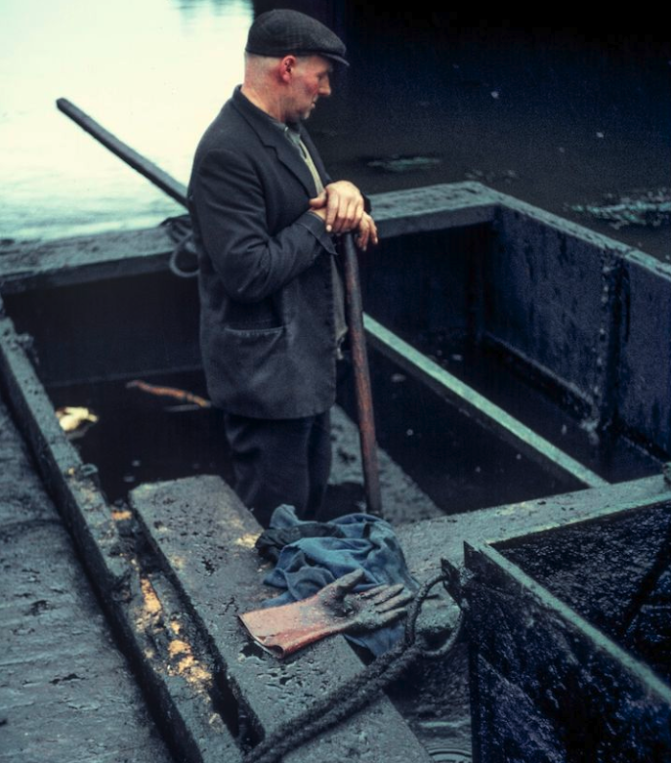

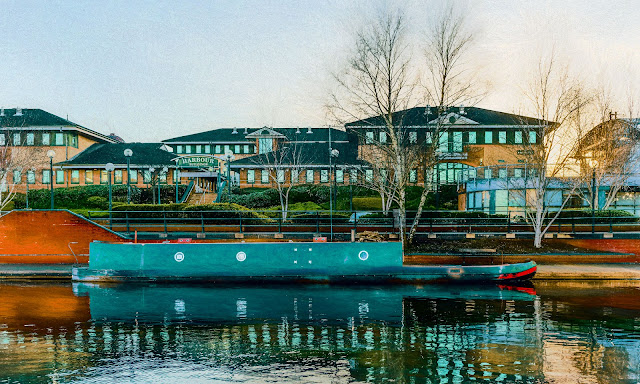


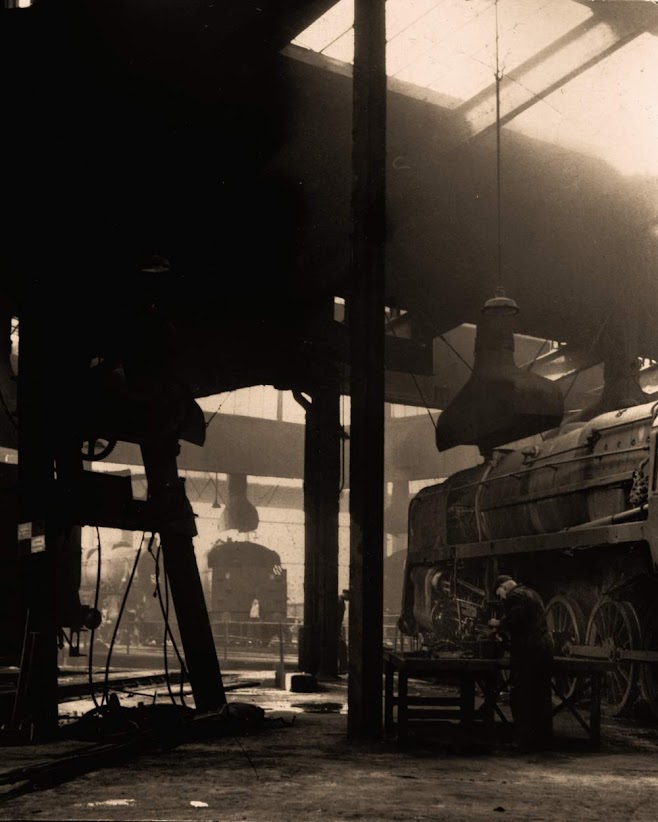
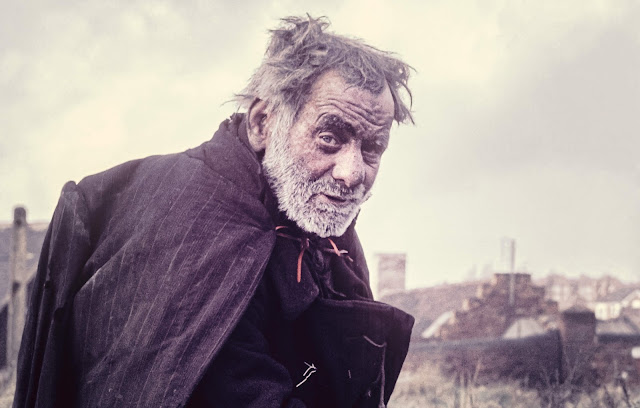



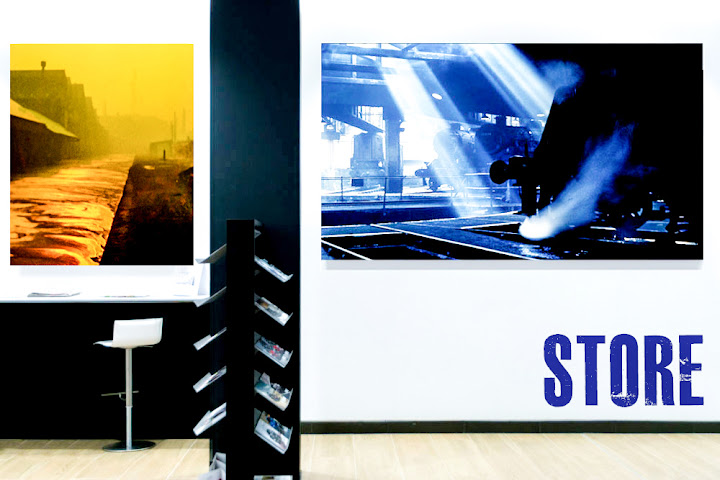

Comments
Post a Comment